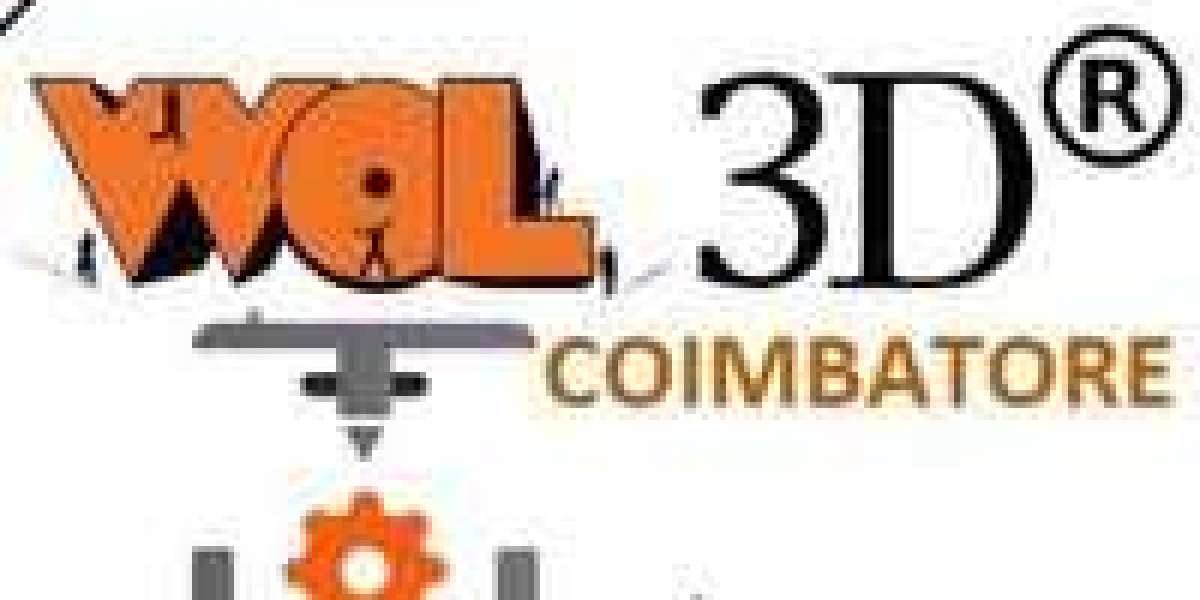In the automotive industry, refinishing and maintenance are crucial for extending the lifespan and aesthetic appeal of vehicles. As environmental regulations tighten and the demand for sustainable practices grows, innovations in materials and processes have become essential. Two critical advancements in this area are E-coat stripper and solvent replacement technologies. This article explores these innovations, their benefits, and their impact on the automotive refinishing industry.
Understanding E-Coat Strippers
E-coat stripper refers to a specialized chemical solution used to remove electrocoat (E-coat) finishes from vehicle surfaces. E-coat is a type of protective coating applied to vehicles before they are painted, providing rust resistance and durability. However, when a vehicle undergoes refinishing, removing this layer is necessary to ensure proper adhesion of new paint.
How E-Coat Strippers Work
The E-coat stripper operates through a chemical reaction that dissolves the E-coat layer. These strippers are formulated to be effective yet gentle enough to avoid damaging the underlying metal. Traditional strippers often used harsh chemicals, which posed health risks and environmental concerns. Modern E-coat strippers are developed with advanced formulations to reduce these issues while maintaining efficacy.
Benefits of Modern E-Coat Strippers
Improved Safety: Modern E-coat strippers are designed to be less hazardous than their predecessors. They often have lower levels of volatile organic compounds (VOCs) and are less toxic, making them safer for both users and the environment.
Efficiency: Advanced formulations can remove E-coat layers more efficiently, reducing the time and effort required for the stripping process.
Compatibility: Newer E-coat strippers are compatible with a wider range of vehicle materials and finishes, ensuring that the stripping process does not cause unintended damage.
The Role of Solvent Replacement in Automotive Refinishing
Solvent replacement technology is another significant advancement in automotive refinishing. This technology involves replacing traditional solvents used in various automotive processes with more environmentally friendly alternatives.
Why Solvent Replacement Matters
Traditional solvents used in automotive refinishing are known for their high levels of VOCs, which contribute to air pollution and pose health risks to workers. Solvent replacement aims to address these issues by introducing substances that offer similar or better performance without the environmental drawbacks.
Types of Solvent Replacements
Water-Based Solvents: These are a popular alternative to traditional organic solvents. They use water as a primary carrier, significantly reducing VOC emissions. Water-based solvents are often used in paints and coatings, providing good performance while being more environmentally friendly.
Bio-Based Solvents: Derived from natural sources such as plants or agricultural products, bio-based solvents offer a sustainable alternative to petrochemical-based solvents. They are designed to have a lower environmental impact and can be used in various automotive refinishing applications.
Non-VOC Solvents: These solvents are engineered to have minimal to zero VOC content. They maintain the performance characteristics of traditional solvents but with a reduced environmental footprint.
Benefits of Solvent Replacement
Reduced Environmental Impact: By using alternative solvents, the automotive refinishing industry can significantly lower its emissions of harmful chemicals, contributing to cleaner air and a healthier environment.
Improved Worker Safety: Solvent replacement reduces exposure to toxic substances, improving safety for workers involved in automotive refinishing processes.
Regulatory Compliance: As regulations around VOC emissions become stricter, adopting solvent replacements helps automotive businesses stay compliant with environmental laws and standards.
The Synergy Between E-Coat Strippers and Solvent Replacements
Integrating E-coat strippers with solvent replacement technologies represents a significant leap forward in sustainable automotive refinishing. By using modern, environmentally friendly E-coat strippers alongside low-VOC or non-VOC solvents, the industry can achieve several key benefits:
Enhanced Sustainability: The combined use of advanced E-coat strippers and solvent replacements minimizes the environmental impact of refinishing processes, supporting the industry’s shift toward more sustainable practices.
Cost Efficiency: Although initial costs may be higher for advanced chemicals and solvents, the long-term benefits, including reduced regulatory compliance costs and lower health-related expenses, often offset these costs.
Improved Quality: Modern E-coat strippers and solvent replacements can enhance the overall quality of automotive finishes by ensuring better adhesion and a more consistent application of coatings.
Challenges and Considerations
While the advancements in E-coat strippers and solvent replacement technologies offer numerous benefits, there are also challenges to consider:
Cost: The initial investment in advanced chemicals and solvents can be high. However, the long-term benefits and cost savings from improved efficiency and regulatory compliance often justify the expenditure.
Compatibility: Not all vehicles or coatings may be compatible with new E-coat strippers and solvent replacements. It is essential to ensure that the products used are suitable for the specific refinishing needs.
Training and Adaptation: Implementing new technologies may require additional training for workers and adjustments to existing processes. Ensuring that staff are well-trained and that processes are adapted accordingly is crucial for successful integration.
Conclusion
The automotive refinishing industry is experiencing a transformation driven by advancements in E-coat strippers and solvent replacement technologies. These innovations not only address environmental and health concerns but also enhance the efficiency and quality of refinishing processes. As the industry continues to evolve, embracing these technologies will be essential for achieving sustainability goals and meeting regulatory requirements. By staying informed and adopting these advancements, automotive businesses can ensure they remain competitive and environmentally responsible in an ever-changing market.








